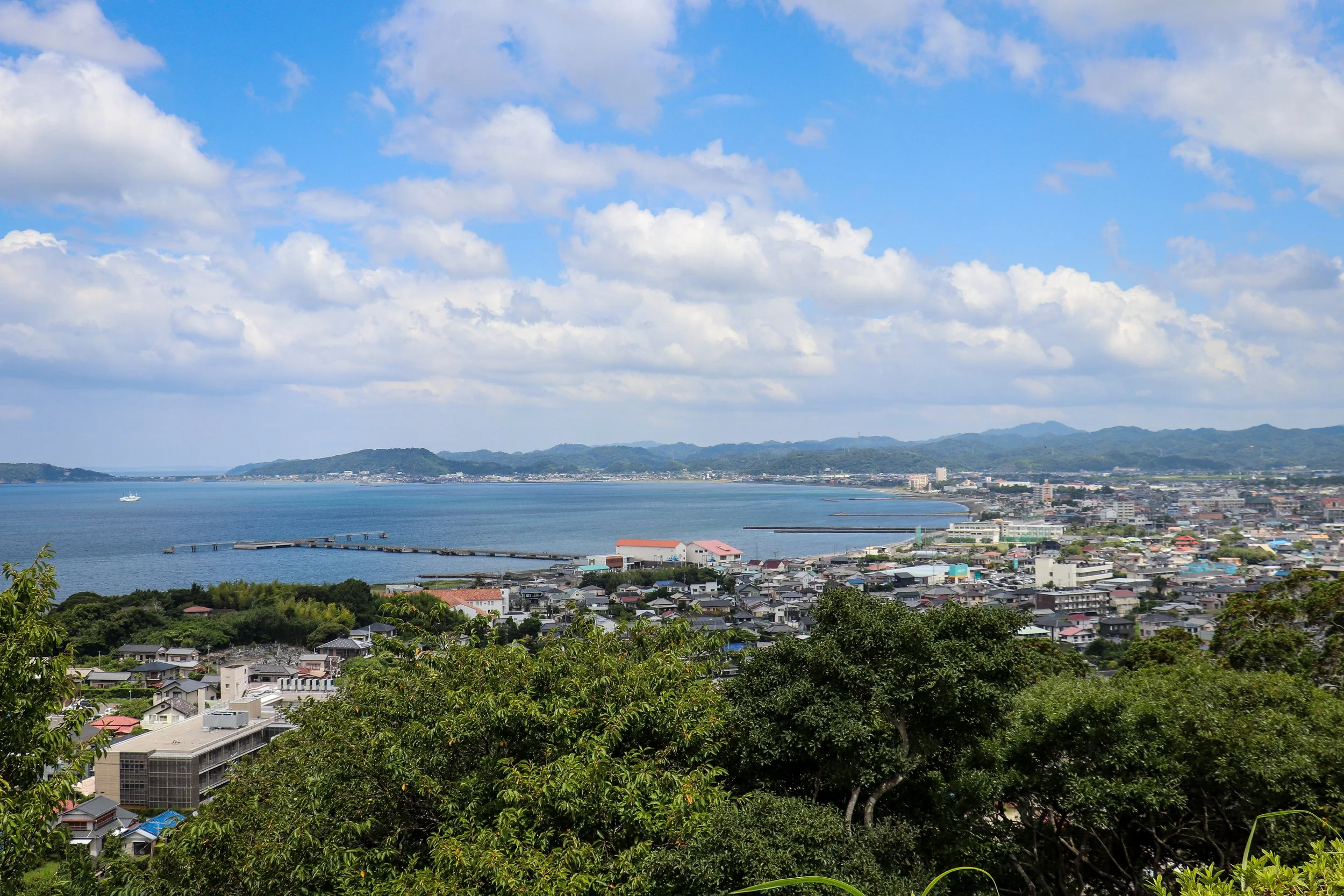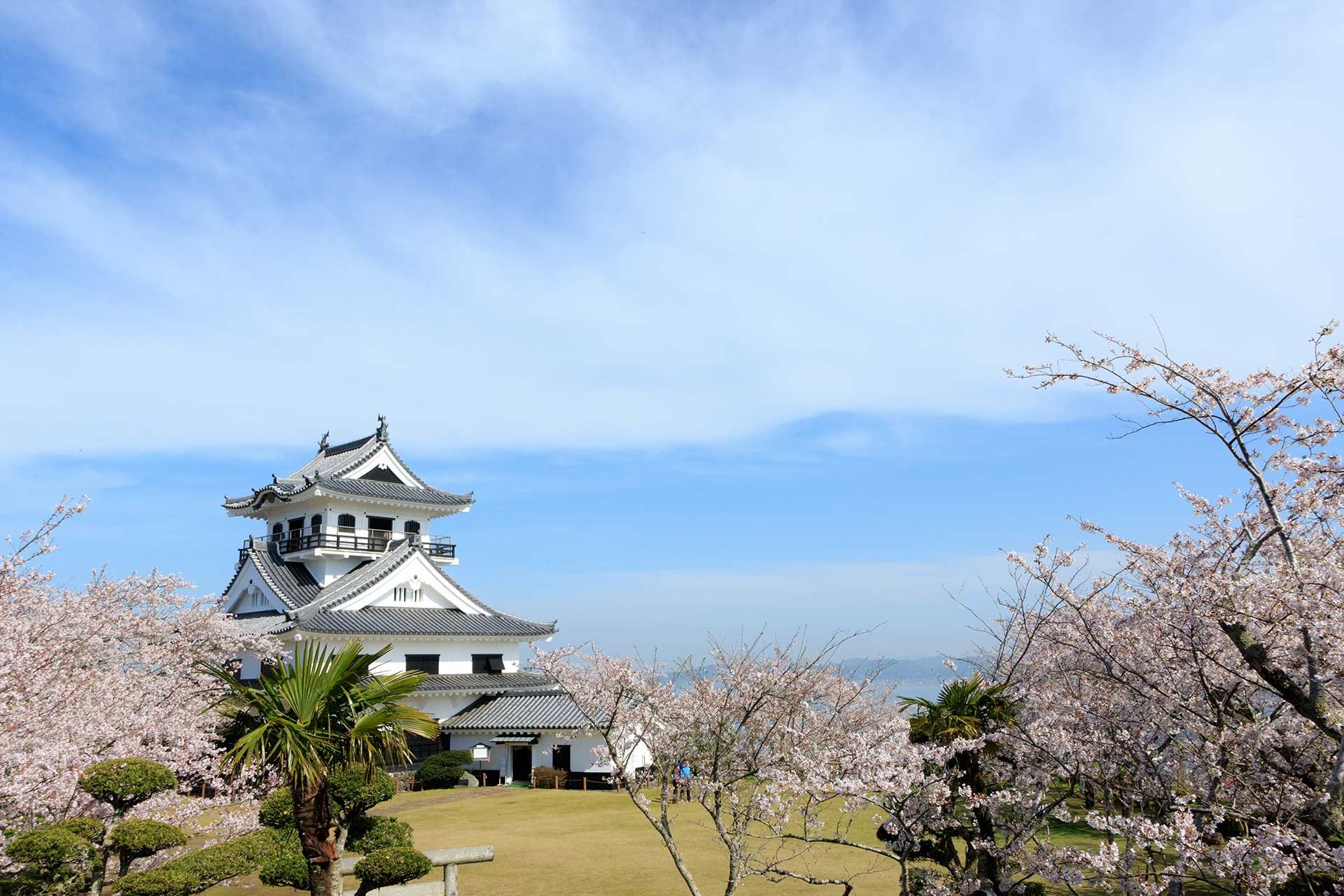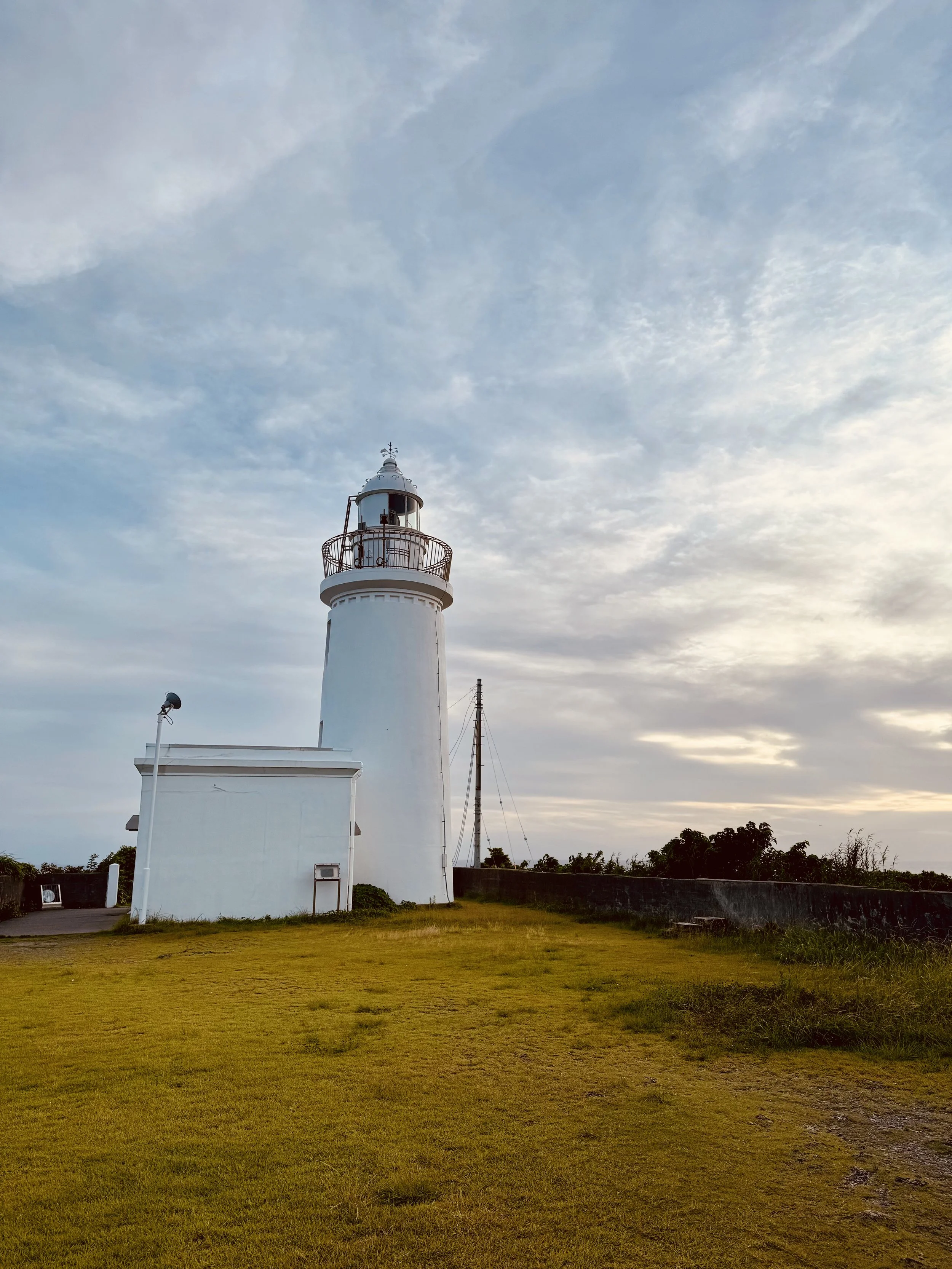
The Tateyama area is a hidden gem known for its mild climate, scenic beauty, and laid-back pace of life. Just a few hours from Tokyo, it offers a refreshing contrast to the city—drawing visitors with its mix of natural wonders, landmarks, and seasonal color.
Local Attractions
-

Tateyama Castle and Shiroyama Park
Perched on a hill overlooking Tateyama Bay, this reconstructed Edo-period castle offers sweeping views of the coastline and a tranquil setting surrounded by nature. Originally built in the late 16th century by the Satomi clan, the current structure stands within Shiroyama Park and serves as a museum dedicated to the region’s samurai heritage. Inside, visitors can explore exhibits on the Satomi family's rule, local warfare, and daily life in feudal Japan. The surrounding park features seasonal flowers, wooded walking paths, and a peaceful Japanese garden, making it a popular destination for both history enthusiasts and those seeking a quiet retreat with scenic vistas.
-

Awa Shrine
One of the oldest and most revered Shinto shrines in Chiba Prefecture, Awa Shrine is nestled among forested hills in the southern Bōsō Peninsula. Believed to date back over 1,200 years, the shrine holds deep historical and spiritual significance, once serving as the ichinomiya (primary shrine) of the former Awa Province. Surrounded by towering trees and natural stone paths, the grounds exude a serene, sacred atmosphere that attracts pilgrims and visitors seeking tranquility. Awa Shrine is also known for its vibrant seasonal festivals, including the annual spring Reitaisai, which features traditional music, dance, and processions that celebrate the area's agricultural heritage and spiritual traditions.
-

Okinoshima
Okinoshima is a small, uninhabited island located just off the coast of Tateyama in southern Chiba Prefecture. Connected to the mainland by a natural sandbar that appears at low tide, the island is easily accessible on foot and is a popular destination for locals and visitors alike. Surrounded by calm, clear waters, Okinoshima is ideal for swimming, snorkeling, and exploring tidal pools teeming with marine life. Its rocky shoreline and sandy beaches also make it a favorite spot for seashell hunting and quiet seaside picnics. The island is part of the Minami Bōsō Quasi-National Park and is cherished not only for its recreational appeal but also for its relatively untouched natural beauty and ecological significance.
-

Tateyama Strawberry Picking
Tateyama is a popular destination for strawberry picking, especially from January through May, when local farms open their greenhouses to visitors. This hands-on experience allows guests to pick and enjoy strawberries at the peak of freshness, directly from the vine. The main varieties grown in the region are Benihoppe and Akihime—both prized for their vibrant red color, large size, and exceptional sweetness. This activity is especially popular with families, couples, and food lovers seeking a fun and flavorful seasonal outing. Many farms also sell jams, sweets, and other strawberry-based treats, making it a delightful stop on any visit to the Bōsō Peninsula.
-

Hasama Beach and Underwater Park
Hasama Beach is the access point to a unique Underwater Park known for its rich marine life. Fed by nutrients from local rivers and the warm Kuroshio Current, the park is home to a variety of fish species and features a submerged torii gate. It is also famous for “Yoriko,” a large Asian sheepshead wrasse that has become a favorite among divers. The calm, clear waters make it an ideal spot for snorkeling, diving, and marine observation.
-

Sunosaki Lighthouse
Marking the entrance to Tokyo Bay, the Sunosaki Lighthouse (洲埼灯台) is a striking symbol of Chiba’s maritime heritage. Completed in December 1919, this elegant white concrete tower stands approximately 14.8 meters tall, with its beacon shining from a focal height of 45.1 meters above sea level.
Visitors can stroll the surrounding grounds to savor dramatic views of Tokyo Bay, and on a clear day, glimpses of Mount Fuji, Izu Ōshima, and the Miura Peninsula across the water.
-

Mt. Nokogiri, Tateyama
Mount Nokogiri in Chiba is a breathtaking destination known for its dramatic cliffs, panoramic views, and cultural significance. Visitors can take the ropeway up the mountain or explore its network of hiking trails that wind through lush forest and stone paths. At its heart lies a stunning surprise—an ancient, 31-meter-tall Buddha carved directly into the rock, one of the largest in Japan. The mountain offers a perfect mix of nature, history, and spiritual wonder.
From Hamakanaya Station, it's a 5‑minute walk to the base of the Nokogiri Ropeway. For a more adventurous route, skip the ropeway and follow one of the marked hiking trails that start near the station. These well‑maintained paths weave through woods and rock formations.
-

Bōsō Flower Line
The Bōsō Flower Line is a picturesque coastal road stretching from Tateyama to Chikura in southern Chiba. Running along the Pacific coastline, the route is especially breathtaking from January to March, when fields of poppies, marigolds, and rapeseed (nanohana) bloom in vivid yellow, red, and orange hues. Roadside flower stands and local markets offer fresh-picked seasonal blooms, local produce, and seafood, making the drive both beautiful and delicious.
The region’s association with flower farming dates back to the early 20th century, when the mild climate and abundant sunlight of the southern Bōsō Peninsula made it ideal for cultivating flowers during the winter months. Farmers in Tateyama and Minamibōsō began growing ornamental plants and cut flowers as a way to support their income during the agricultural off-season.